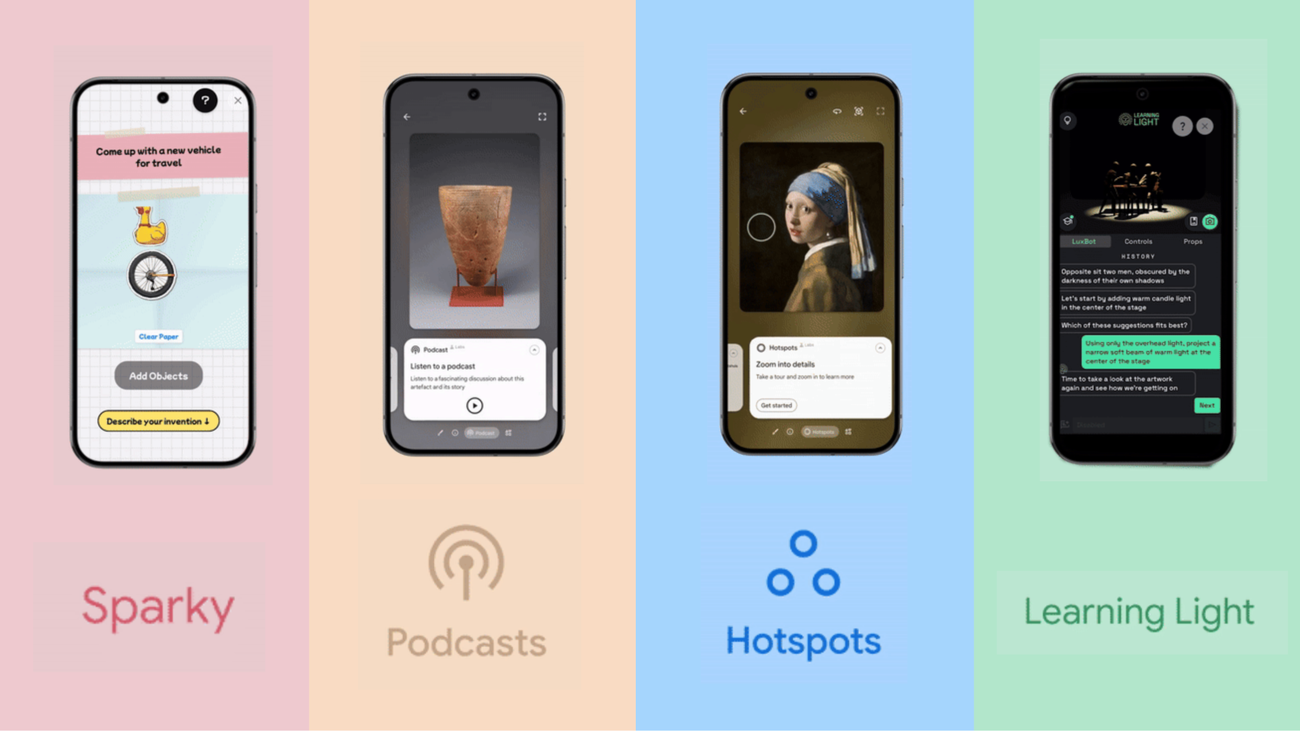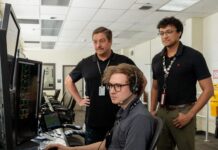Exploring Culture with Google Arts & Culture’s Innovative AI Projects
In an era where technology and culture intersect, Google Arts & Culture stands at the forefront, offering unique digital experiences that allow individuals to delve into the rich tapestry of human creativity. At the heart of this initiative, engineers and artists collaborate to harness the power of artificial intelligence (AI) to create tools that are not only educational but also engaging and playful. These projects offer new ways to connect with cultural artifacts and heritage. Let’s take a closer look at some of the latest experiments that Google Arts & Culture has introduced to enhance our understanding and appreciation of art and culture.
The Power of Art Camera
For several years, Google Arts & Culture has been using advanced technology to digitize art collections in ultra-high resolution. This has been made possible by the Art Camera, a specialized camera designed to capture "gigapixel" images. These images consist of over one billion pixels, allowing viewers to explore details that are often invisible to the naked eye. By zooming in on these high-resolution images, art enthusiasts can appreciate the intricacies of brush strokes, color variations, and even the texture of the canvas, providing a deeper understanding of the artwork.
The Art Camera has revolutionized the way we interact with art online, making it possible to experience masterpieces from around the world without leaving the comfort of our homes. This accessibility is particularly valuable for educational purposes, enabling students and teachers to study artworks in unprecedented detail.
Introducing Hotspots: A New Way to Explore Art
Building on the success of the Art Camera, Google Arts & Culture has introduced a new feature called Hotspots. This innovative tool leverages the analytical capabilities of Google’s AI model, Gemini, to enhance the digital art experience. The Hotspots feature identifies key points of interest on the image of a cultural artifact and marks them with interactive dots. By simply tapping on a hotspot, users can uncover hidden details and fascinating trivia about specific parts of the artwork.
For instance, when viewing a historical painting, a hotspot might reveal information about the significance of a particular object in the scene or the historical context in which the artwork was created. This interactive approach not only makes art exploration more engaging but also encourages users to delve deeper into the stories behind the artworks.
The Intersection of Technology and Art
The collaboration between engineers and artists at Google Arts & Culture exemplifies the exciting possibilities that arise when technology and art converge. By leveraging AI, they are able to create tools that make art more accessible and enjoyable for a global audience. These efforts align with the broader mission of Google Arts & Culture to preserve and promote cultural heritage through digital innovation.
In addition to the Hotspots feature, Google Arts & Culture offers a range of other AI-driven experiments and tools. These include virtual reality tours, 3D models of historical sites, and machine learning algorithms that can identify patterns and trends across different artworks. Each of these projects aims to deepen our connection to culture and provide new ways to experience art.
Why It Matters
The digitization of art and the development of AI-powered tools have significant implications for the future of art education and preservation. By making high-quality digital reproductions of artworks widely available, Google Arts & Culture is helping to democratize access to culture. This is particularly important for individuals who may not have the opportunity to visit museums or galleries in person.
Moreover, the use of AI in art exploration encourages a more interactive and personalized learning experience. Users can engage with artworks in a way that suits their interests and pace, fostering a deeper appreciation for cultural heritage. This approach not only enhances individual learning but also supports educators in providing richer, more dynamic teaching materials.
Reactions and Reflections
The response to Google Arts & Culture’s initiatives has been overwhelmingly positive, with users praising the innovative use of technology to enhance cultural exploration. Art enthusiasts appreciate the ability to explore artworks in detail and learn about their historical and cultural significance. Educators value the tools as a resource for teaching art history and encouraging critical thinking among students.
Critics, however, have raised questions about the potential for digital experiences to replace physical visits to museums and galleries. While the technology offers incredible opportunities for remote access, it is important to recognize that it complements rather than replaces the experience of viewing art in person. The tactile and spatial elements of experiencing art in a physical setting remain irreplaceable.
The Road Ahead
Looking to the future, Google Arts & Culture continues to explore new ways to integrate AI and digital technology into the world of art and culture. The potential for further innovation is vast, with opportunities to enhance the accessibility, interactivity, and educational value of cultural experiences. As technology evolves, so too will the ways in which we engage with and appreciate the diverse heritage of humanity.
In conclusion, Google Arts & Culture’s AI projects represent a significant step forward in the digital exploration of art and culture. By making cultural heritage more accessible and engaging, these initiatives help to foster a greater appreciation for the arts and inspire curiosity and learning around the world. As we continue to explore the intersection of technology and art, the possibilities for discovery and connection are truly limitless.
For more information and to explore these features, you can visit the Google Arts & Culture website directly.
For more Information, Refer to this article.


































![Good Lock Features: Discover the Top Favorites [Exploring Good Lock ②] Unveiling the Most Popular Good Lock Features](https://www.hawkdive.com/media/samsung-mobile-good-lock-home-up-3-most-popular-features_thumb728-218x150.gif)